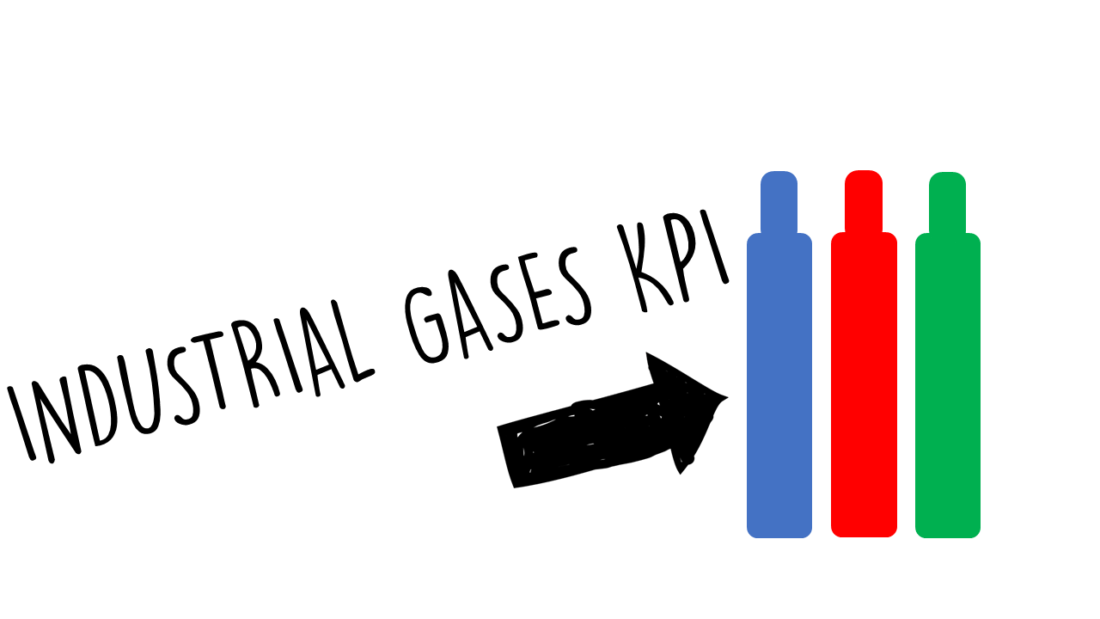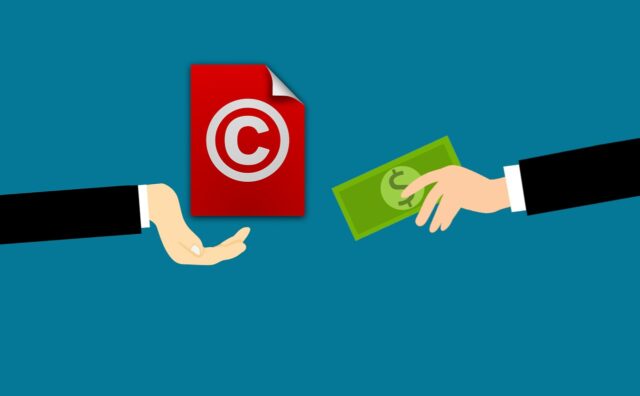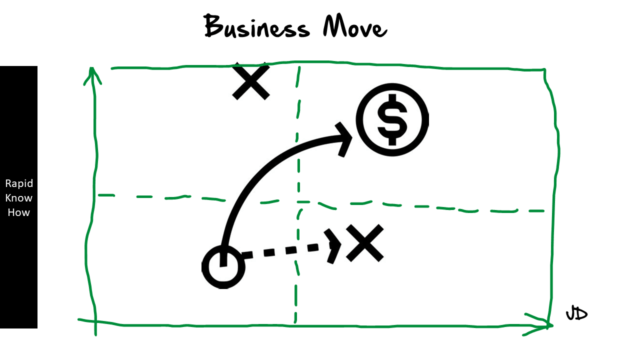Introduction
The industrial gas industry plays a crucial role in various sectors, including manufacturing, healthcare, and energy. Industrial gases such as oxygen, nitrogen, and carbon dioxide are essential for a wide range of applications, from welding and cutting to medical treatments and food preservation. As the demand for these gases continues to grow, it is important for companies in the industry to understand the customer landscape in order to succeed.
Understanding the customer landscape is vital because it allows companies to identify the different customer segments in the industry, analyze market trends and customer behavior, and identify key challenges and opportunities. By gaining insights into the needs and preferences of different customer sizes, companies can develop effective strategies for targeting and customizing their products and services. This article will explore the importance of understanding the customer landscape in the industrial gas industry and provide strategies for success.
Understanding the Customer Landscape: Analyzing the Industrial Gas Industry
The industrial gas industry consists of various customer segments, each with its own unique needs and preferences. These segments can be broadly categorized into manufacturing, healthcare, energy, and others. Manufacturing is one of the largest customer segments in the industry, as industrial gases are widely used in processes such as welding, cutting, and heat treatment. The healthcare sector also represents a significant customer segment, with gases like oxygen and nitrous oxide being essential for medical treatments. The energy sector relies on industrial gases for applications such as natural gas processing and enhanced oil recovery.
Analyzing market trends and customer behavior is crucial for understanding the dynamics of the industrial gas industry. For example, there is a growing trend towards sustainability and environmental responsibility, which has led to increased demand for gases like hydrogen and helium for renewable energy applications. Additionally, customers are increasingly looking for value-added services and solutions that can help them improve efficiency and reduce costs.
Identifying key challenges and opportunities in the industry is essential for developing effective strategies. One of the main challenges in the industrial gas industry is the high level of competition. There are numerous players in the market, ranging from large multinational corporations to small regional suppliers. This makes it important for companies to differentiate themselves and provide unique value propositions to their customers. On the other hand, there are also significant opportunities for growth, particularly in emerging markets and new applications for industrial gases.
Segmenting the Market: Identifying Customer Sizes and Their Unique Needs
Segmenting the market is a crucial step in understanding the customer landscape and developing effective strategies. In the industrial gas industry, customers can be categorized into three main sizes: small, mid-sized, and large.
Small customers typically have lower volume requirements and may have limited resources or budget constraints. They often prioritize cost-effectiveness and reliability in their purchasing decisions. Mid-sized customers have higher volume requirements and may require more specialized solutions or services. They are often looking for value-added services that can help them improve efficiency or reduce costs. Large customers, such as multinational corporations, have significant volume requirements and may have complex supply chain needs. They often prioritize long-term partnerships and value-added solutions.
Understanding the unique needs and preferences of each customer size is essential for effective targeting and customization. Small customers may benefit from entry-level pricing options, flexible delivery schedules, and personalized customer service. Mid-sized customers may require customized solutions, technical support, and value-added services such as gas management systems or equipment leasing. Large customers may require dedicated account managers, global supply chain capabilities, and customized pricing structures.
Targeting Small Customers: Effective Strategies for Penetrating the Entry-Level Market
Targeting small customers requires a different approach compared to larger customers. Building trust and credibility is crucial when targeting small customers, as they may be more cautious about entering into new partnerships. One effective strategy is to offer trial periods or pilot projects that allow small customers to test the products or services before committing to a long-term contract. This can help build trust and demonstrate the value of the offerings.
Another strategy is to provide personalized customer service and support. Small customers often appreciate the attention and responsiveness of a dedicated account manager who can address their specific needs and concerns. Offering flexible delivery options, such as on-demand or scheduled deliveries, can also be attractive to small customers who may have limited storage capacity or fluctuating demand.
Case studies and examples of successful strategies for targeting small customers include offering bundled packages that combine multiple gases or services at a discounted price, providing online ordering platforms for easy and convenient purchasing, and partnering with local distributors or resellers to reach small customers in specific regions.
Capturing Mid-Sized Customers: Approaches for Expanding Market Share in the Intermediate Segment
Expanding market share in the mid-sized customer segment requires a different set of strategies compared to targeting small customers. Mid-sized customers often have more specialized needs and may require value-added services or solutions. One effective approach is to offer customized solutions that address the specific challenges or requirements of mid-sized customers. This can include providing technical support, gas management systems, or equipment leasing options.
Offering value-added services can also be a key differentiator when targeting mid-sized customers. For example, providing training programs or workshops on gas safety or efficiency can help mid-sized customers improve their operations and reduce costs. Additionally, offering supply chain solutions such as inventory management or just-in-time delivery can help mid-sized customers streamline their operations and improve efficiency.
Case studies and examples of successful approaches for capturing mid-sized customers include partnering with industry associations or trade organizations to provide educational resources or networking opportunities, developing strategic alliances with complementary suppliers or service providers to offer comprehensive solutions, and investing in research and development to develop innovative products or applications that meet the unique needs of mid-sized customers.
Winning Over Large Customers: Key Tactics for Securing Contracts with Industry Giants
Targeting large customers presents its own set of challenges and opportunities. Large customers often have complex supply chain needs and may require global capabilities. Building strong relationships and demonstrating expertise are crucial when targeting large customers. One key tactic is to invest in building a dedicated team of account managers or sales representatives who have deep industry knowledge and can provide personalized support to large customers.
Another tactic is to develop strategic partnerships or alliances with other suppliers or service providers to offer comprehensive solutions to large customers. This can help differentiate the company from competitors and provide added value to large customers. Additionally, offering customized pricing structures or volume discounts can be attractive to large customers who have significant volume requirements.
Case studies and examples of successful tactics for securing contracts with industry giants include providing long-term supply agreements that guarantee a stable and reliable supply of gases, investing in research and development to develop innovative solutions that meet the specific needs of large customers, and leveraging technology platforms or digital tools to streamline communication and collaboration with large customers.
Customizing Solutions: Tailoring Products and Services to Meet the Diverse Needs of Different Customer Sizes
Customization is a key strategy in the industrial gas industry, as different customer sizes have unique needs and preferences. Tailoring products and services to meet these diverse needs is essential for success. One strategy is to offer a range of product options or grades that cater to different customer requirements. For example, small customers may prefer entry-level products that are cost-effective, while large customers may require high-purity gases for specialized applications.
Another strategy is to provide value-added services that complement the core products. This can include gas management systems, equipment leasing, or technical support. Offering customized packaging or delivery options can also be attractive to customers with specific requirements or constraints.
Case studies and examples of successful customization strategies include developing specialized gas mixtures for specific applications or industries, providing on-site gas generation systems that eliminate the need for storage or transportation, and offering training programs or workshops that help customers optimize their gas usage and improve efficiency.
Building Strong Relationships: Cultivating Trust and Loyalty Across Customer Sizes
Building strong relationships with customers is crucial in the industrial gas industry. Cultivating trust and loyalty can lead to long-term partnerships and repeat business. One strategy for building strong relationships is to provide ongoing communication and support. This can include regular check-ins with customers to ensure their needs are being met, providing technical support or troubleshooting assistance, and offering training or educational resources.
Another strategy is to demonstrate expertise and thought leadership in the industry. This can be done through participation in industry events or conferences, publishing white papers or case studies, or providing educational resources on topics related to industrial gases.
Importantly, companies should also prioritize customer feedback and incorporate it into their product development or service improvement processes. This shows customers that their opinions are valued and helps build trust and loyalty.
Leveraging Technology: Harnessing Digital Tools to Streamline Sales and Improve Efficiency
Technology plays a crucial role in the industrial gas industry, enabling companies to streamline sales processes, improve efficiency, and enhance customer experience. Digital tools and platforms can help automate tasks such as order processing, invoicing, and inventory management, reducing manual errors and improving accuracy. Additionally, technology can enable real-time tracking of deliveries, providing customers with visibility into their orders and improving communication.
Implementing digital tools can also help companies gather and analyze data on customer behavior, market trends, and sales performance. This data can be used to identify opportunities for improvement, optimize pricing strategies, and develop targeted marketing campaigns.
Case studies and examples of successful technology implementation include implementing customer relationship management (CRM) systems to track customer interactions and improve communication, developing mobile applications or online portals for easy ordering and account management, and leveraging data analytics platforms to gain insights into customer preferences and market trends.
Developing Pricing Strategies: Maximizing Profitability Across Customer Sizes
Developing effective pricing strategies is crucial for maximizing profitability in the industrial gas industry. Different customer sizes have different pricing expectations and requirements. Small customers may prioritize cost-effectiveness and may be more price-sensitive, while large customers may require volume discounts or customized pricing structures.
One approach is to develop tiered pricing models that offer different price points based on volume or customer size. This allows companies to cater to the needs of different customer sizes while maintaining profitability. Offering bundled packages or value-added services can also help justify higher prices and differentiate the company from competitors.
Additionally, companies should regularly review and analyze their pricing strategies to ensure they remain competitive and profitable. This can include monitoring market trends, analyzing customer behavior, and benchmarking against competitors.
Measuring Success: Metrics and KPIs for Evaluating Sales and Profit Growth in the Industrial Gas Industry
Measuring success is essential for evaluating sales and profit growth in the industrial gas industry. Key metrics and key performance indicators (KPIs) can provide insights into the effectiveness of strategies and tactics, identify areas for improvement, and guide decision-making.
Some key metrics and KPIs that can be used to evaluate sales and profit growth include revenue growth, market share, customer acquisition rate, customer retention rate, average order value, and gross margin. These metrics can be tracked on a regular basis and compared against industry benchmarks or historical data to assess performance.
Importantly, companies should also analyze qualitative data such as customer feedback or satisfaction surveys to gain insights into customer perception and identify areas for improvement.
Case studies and examples of successful measurement and evaluation strategies include implementing dashboards or reporting tools that provide real-time visibility into key metrics, conducting regular performance reviews or audits to identify areas for improvement, and leveraging data analytics platforms to gain insights into customer behavior and market trends.
Conclusion
Understanding the customer landscape is crucial for success in the industrial gas industry. By analyzing the different customer segments, market trends, and customer behavior, companies can develop effective strategies for targeting and customizing their products and services. Targeting small customers requires building trust and credibility, capturing mid-sized customers requires offering value-added services, and winning over large customers requires building strong relationships and demonstrating expertise.
Customization is important in the industrial gas industry, as different customer sizes have unique needs and preferences. Building strong relationships with customers is crucial for cultivating trust and loyalty. Leveraging technology can streamline sales processes and improve efficiency. Developing effective pricing strategies is essential for maximizing profitability. Measuring success through key metrics and KPIs allows companies to evaluate sales and profit growth and identify areas for improvement.
In conclusion, understanding and targeting different customer sizes in the industrial gas industry is essential for success. By implementing the strategies and tactics discussed in this article, companies can position themselves as trusted partners and differentiate themselves from competitors.




